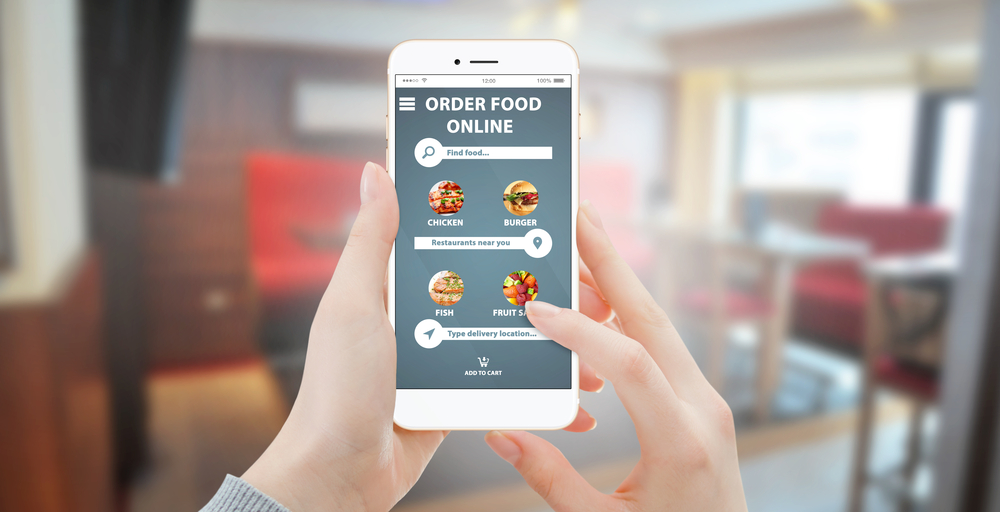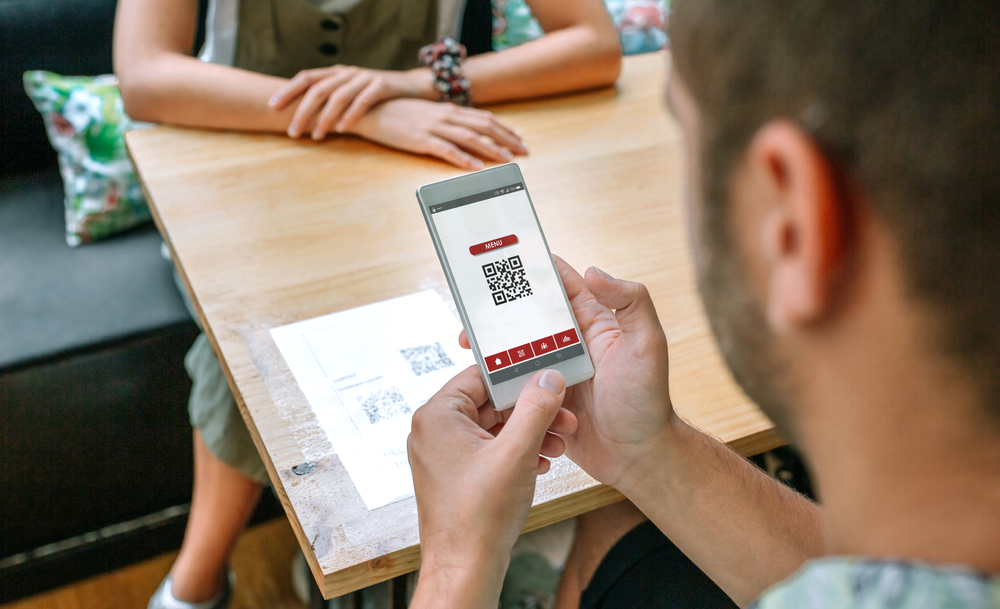Even before the advent of COVID-19, contactless restaurant technology was rapidly disrupting the traditional operating methods of the industry.
But the pandemic has undoubtedly accelerated the process, and many of the changes it has brought are probably now irreversible.
The good news is that contactless technologies are relatively simple and inexpensive to implement. And they can make a huge difference to the efficiency and profitability of your business.
Some Key Applications of Contactless Restaurant Technology
1. Digital Menus and QR
For obvious reasons, customers are now extremely wary of handling old-fashioned printed menus, no matter how diligent staff may be about sanitizing after each service.

And disposable paper menus are a labor-intensive and only partly effective solution.
Fortunately, though, technology has the answer.
It’s now simple to post digital menus on your website, social media platforms or restaurant app, which customers can access from their own devices and from any location.
And to allow contactless on-premise ordering, it’s now easy to generate and program your own unique QR code from a number of website providers. At first sight they’re just an abstract jumble of monochrome symbols. But when scanned with a phone or iPad, they’re immediately transformed into digital menus.
As a restaurant, you can now easily post your QR codes at the entrance to your premises and on tables, enabling customers to view them without any physical contact at all.
Integrate your digital menus with your restaurant POS, and you can have a completely contactless ordering and payment system. And while it’s true that some customers may for the time being require education in the use of QR codes with a consequent extra demand on your staff, this need will surely reduce in the months to come.
2. Artificial Intelligence (AI) and Bots
AI and machine learning technologies are rapidly transforming the operations of many industries, and no restaurant seeking to survive and prosper in the post-COVID world can afford to ignore them.

Currently, the principal uses of AI for restaurants are as set out below. But this technology is by definition evolving day by day, and it’s difficult to predict what it may become capable of even within the next year or so.
What is certain is that the sooner you begin to explore its benefits the better you will be placed in an ever more competitive market.
– Virtual Assistants and Chatbots
The rapid rise in online ordering has also spawned a new generation of increasingly sophisticated virtual assistants and chatbots, which are now able to assist customers in their choices of dish and beverages and the placing of their orders.
The latest machine-learning enabled versions of this technology are also now able to guide customers on their choices based on their expressed preferences.
– Waiter and Kitchen Robots
But perhaps the future of the restaurant business is nowhere more strikingly demonstrated than in the rapid advance of waiting and kitchen robots.
“Pepper”, for example, is a Japanese designed robot waiter that can take and process customer orders, assist with menu selections and accept contactless payments through its handheld tablet. And Pepper’s AI and machine learning capabilities mean that it becomes daily more sophisticated in its responses to queries.
Meanwhile, in the kitchen, robots such as “Flippy” and “Moley”, are already able to prepare, cook and plate a surprising range of ingredients and dishes.
– Kiosks
Self-service kiosks are already a familiar feature in some large chain outlets, but they are also likely to develop rapidly with the implementation of AI.
Experiments are already underway, for example, in the use of face recognition technology to remember previous customers and the order preferences thereby speeding up the whole service process.
Some of these developments may still look like science fiction, and it is of course uncertain precisely how they will develop.
But what is certain is that AI and machine learning will accelerate an already hectic pace of change; and that no restaurant will be immune from its effects.

